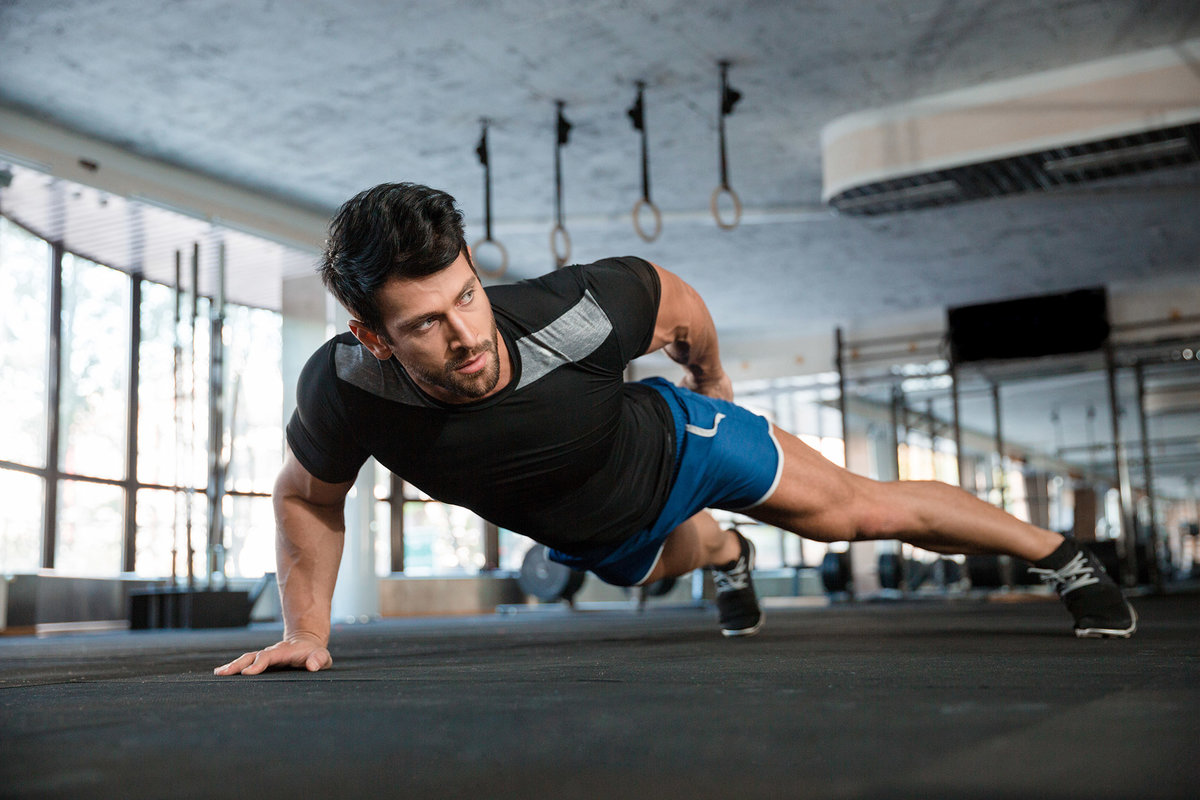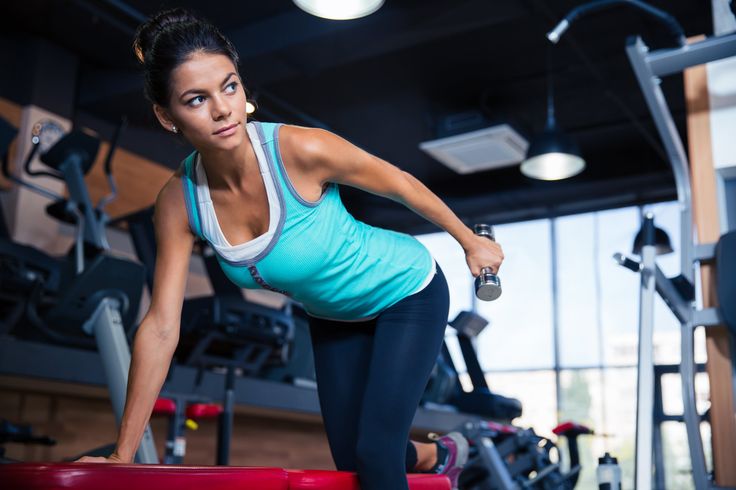About adaptation of receptors
May 21, 2021I have already written about six magical principles that give answers to any questions about the organization of training – supercompensation, overload, specificity, periodization, reversibility and individuality . About the fact that they answer ANY questions, I did not write for a catchphrase: it really is. As someone said, “Understanding the principles frees you from knowing many facts.”
I think one more principle needs to be added: sensitivity changes. Before I explain what I’m talking about, let me remind you of how these or those adaptive changes occur as a result of training. The scheme is simple: action (action) – reaction (response). This is how everything works in the body – all processes. For accuracy, we will introduce one more element – reception, that is, perception (from the Latin receptio – acceptance, reception). Then the scheme will look like this: impact – perception – response.

Anything can be influencing factors (actions): light and sound waves, mechanical impact, chemicals. Chemicals, in turn, can be substances synthesized by the body itself (hormones, neurotransmitters, pheromones), ingested with food (so-called dietary factors, such as glucose) or formed as a result of metabolism (metabolic factors).
Reception (perception) is carried out, you guessed it, by receptors. A receptor, in technical terms, is a sensor . This element of our cells perceives the influence of a signaling factor and turns on the corresponding reaction: a nerve impulse is generated, the property of the cell membrane changes, the synthesis of certain proteins is started, etc.
So any ability developed as a result of training is a consequence of these processes: impact – perception – response. Take muscle growth as an example. The reason is an increase in the rate of synthesis of myofibrillar proteins in muscle cells after exercise. Several factors serve to influence the cells: mechanical load from an external force acting on the muscle (for example, weight of a burden), metabolites resulting from chemical reactions of energy supply to overcome this load (free creatine, hydrogen ions), anabolic hormones that increase during and after a powerful workout (testosterone, growth hormone) or after a meal (insulin). All these influences are perceived by the corresponding receptors located both on the membrane and inside the cell, which causes chains of very complex biochemical reactions, the end result of which is an increase in the rate of synthesis of myofibrillar proteins. (I will not discuss here the priority of these factors and the likelihood of their action. Only the role of mechanical action as a stimulus for hypertrophy has been reliably proven, with respect to the rest – metabolic and hormonal, initiated by exercise, -there is no consensus in the scientific community .)




